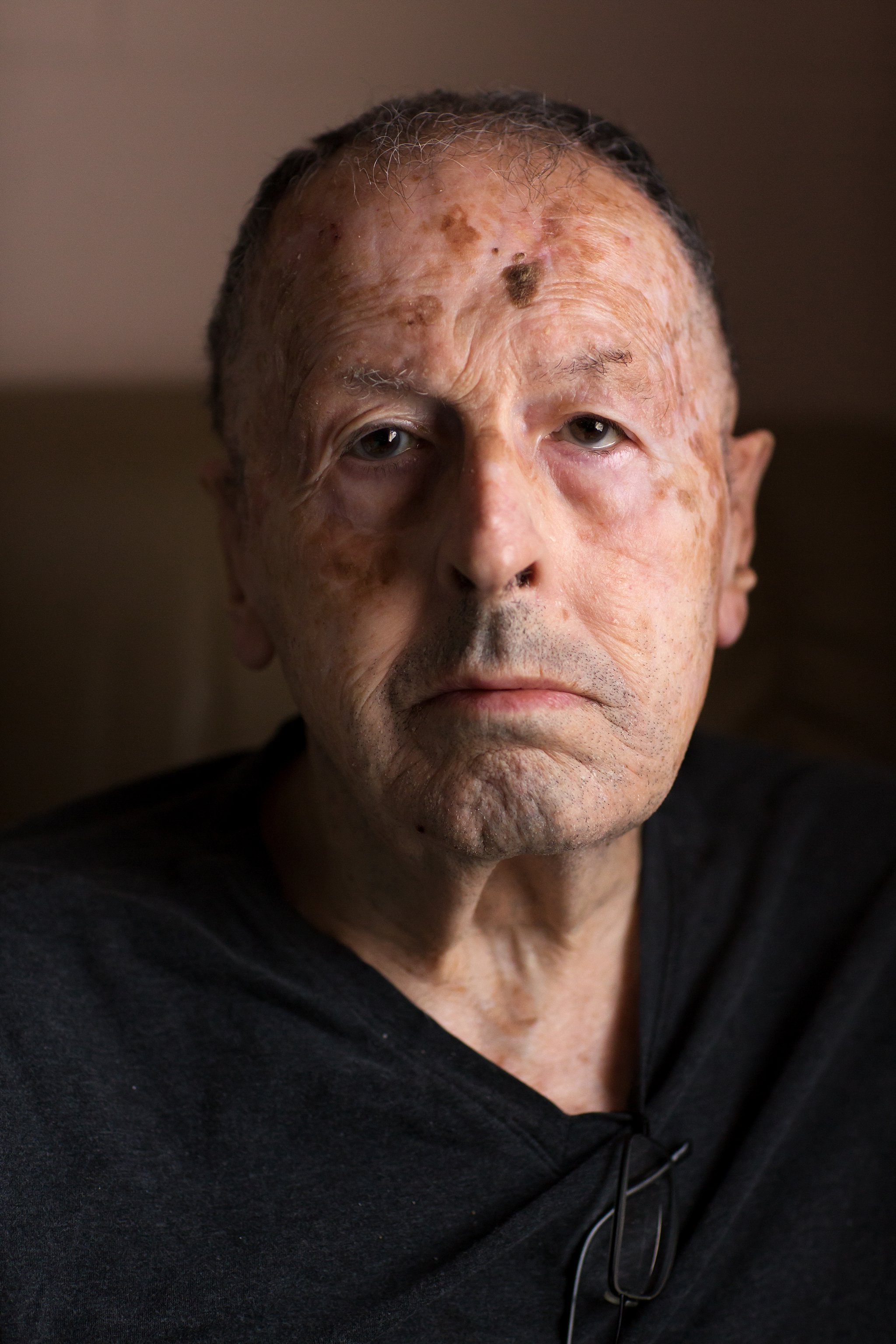Ed and the Battle at Wounded Knee
I subscribe electronically to The Writer’s Almanac. My morning email today included a poem by Philip Dacey, and a very informative article about today being the anniversary of the massacre at Wounded Knee.
If you know as little as I did until this morning, this event happened on December 29, 1890, on the Lakota Pine Ridge Indian Reservation in South Dakota. The local tribes had exclusive access to the land around the Black Hills. However, the discovery of gold in the area severely weakened respect by regional white settlers for this treaty. A religious ceremony called The Ghost Dance was misinterpreted as antagonistic and dangerous. Telegraphic exchanges with Washington brought permission to arrest many tribal leaders, including Chief Sitting Bull and Chief Big Foot. A scuffle escalated, and federal soldiers opened fire, killing over 300 Native American men, women and children. This is commonly thought of as the end of 350 years of confrontation between European and Native Americans.
You can read the full article here: http://writersalmanac.org/note/dec-29-on-this-day-massacre-at-wounded-knee/
This would have been simply my morning reading today before work. Work today was my ongoing project: The Unseen – County Home Portraits. I returned to the Belknap Country Nursing home today to photograph its residents.
As happens so often in life, minor happenings combined into something poignant. My fourth or fifth subject today was Ed, a quiet, very polite Native American man.
While photographing him, I mentioned that I had read this morning that today was the anniversary of the Massacre at Wounded Knee. His reaction was both quiet and complicated.
I have found myself reflecting on this exchange a lot today. This project with Belknap County Nursing home is about taking the time to actually look at other people, and see more than something superficial that we think we already know all about. When we glance at each other and see nothing but age or race or any other easy, empty label, we make it easy to marginalize each other, to hurt each other, or worse. What happened in 1890 is a result of how people failed to look at each other and actually see anything.

You can see parts I and II of The Unseen – County Home Portraits
here: https://maundymitchell.com/the-unseen-county-home-portraits/
and here: https://maundymitchell.com/the-unseen-county-home-portraits-part-ii/
To view Part IV of this project, click here: https://maundymitchell.com/the-unseen-county-home-portraits-part-iv/
